Japanese Business Letter Template for Effective Communication
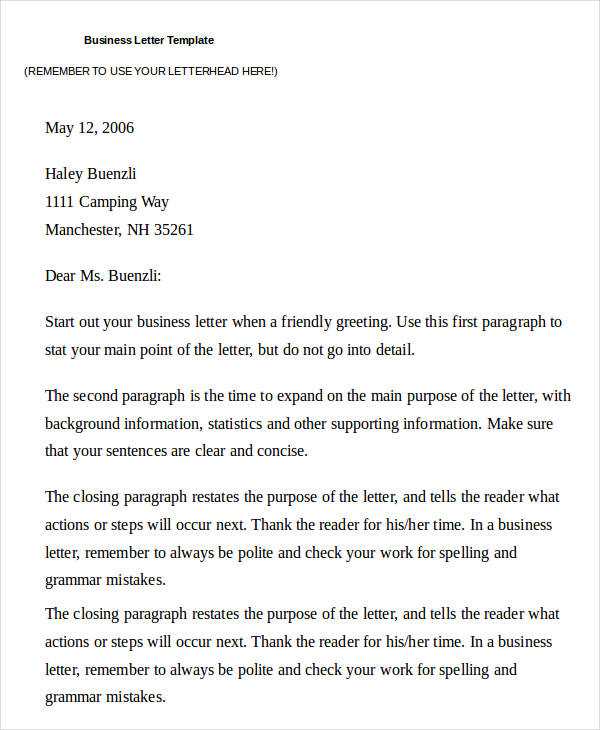
Effective communication plays a vital role in establishing and maintaining relationships in any professional environment. In particular, understanding the structure and etiquette of formal written exchanges is essential when interacting with counterparts in Japan. Crafting a well-composed message can demonstrate respect, professionalism, and cultural awareness, which are highly valued in this context.
Proper format and tone are key when writing to colleagues, clients, or superiors. Adapting to the local style of formal correspondence helps ensure that your intentions are clearly conveyed and well-received. Whether you are requesting a meeting, offering gratitude, or discussing important matters, following the appropriate conventions will enhance the quality of your interaction.
Attention to detail is crucial when creating such documents, as even small deviations from the expected formality can cause misunderstandings. This guide provides an overview of the essential principles for structuring these professional messages effectively, offering insights into the proper language and style to use in different situations.
Core Principles of Professional Interactions
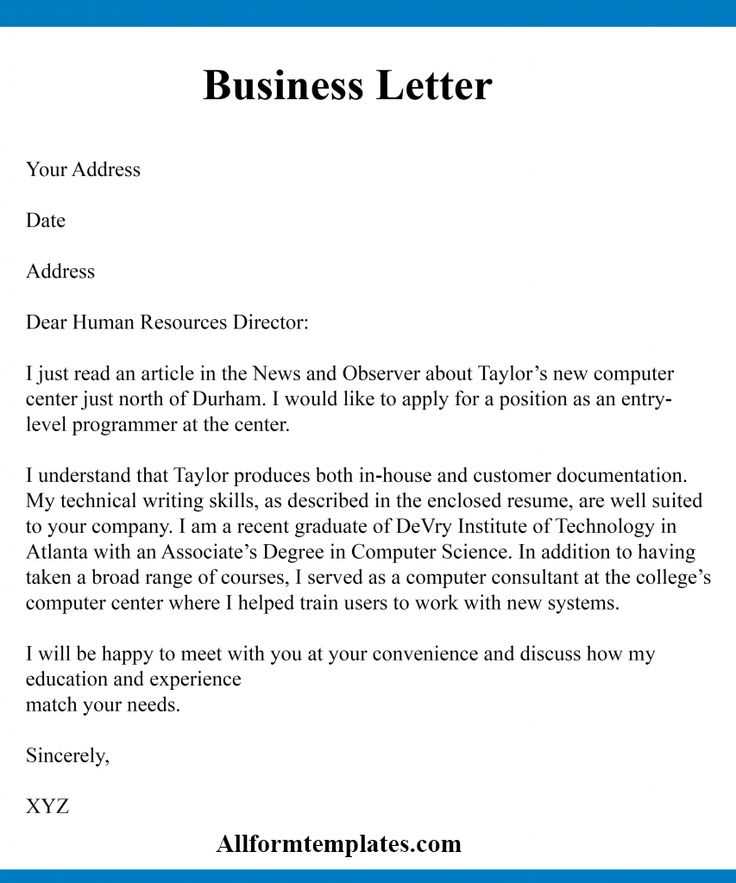
In many professional environments, establishing trust and mutual respect is the foundation of successful collaboration. When engaging in formal exchanges within Japan, this principle holds even more significance. The focus is placed on harmony, understanding non-verbal cues, and ensuring that communication remains polite and thoughtful throughout. Recognizing the importance of hierarchy, modesty, and indirectness can shape how well your message is received and interpreted.
Hierarchy and Respect in Communication
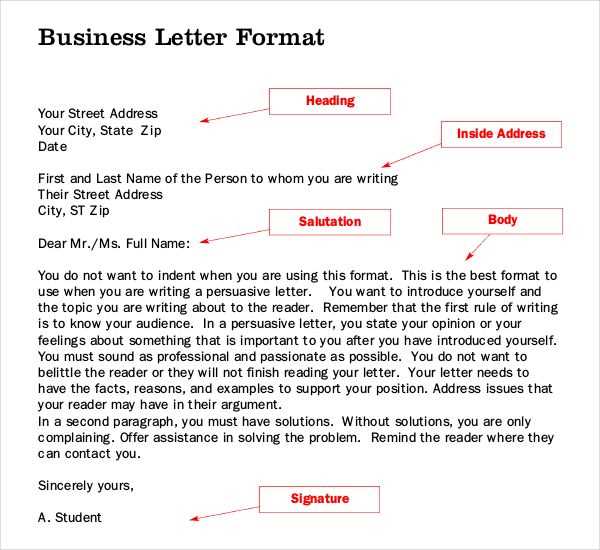
Respecting the chain of command and addressing individuals by their titles is deeply embedded in the local culture. The more senior the person, the more careful and formal the approach should be. This awareness helps maintain order and demonstrates proper respect. Whether writing to a superior or a colleague, understanding these nuances is essential to conveying the right level of deference.
Indirectness and Humility in Responses
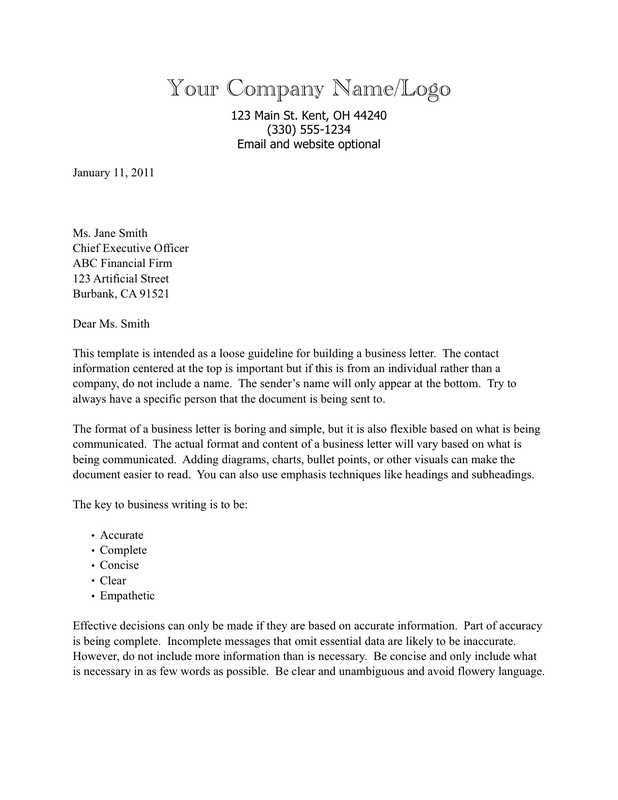
Another key aspect of communication in Japan is the tendency toward indirectness. Instead of being straightforward or blunt, professionals are expected to express themselves with a sense of humility and consideration for the other party. This often includes using softer language, which avoids confrontation and promotes a more harmonious dialogue. The aim is to foster goodwill and keep relationships intact.
Importance of Formal Correspondence
In any professional setting, the ability to convey messages in a structured, respectful, and clear manner is crucial. When formal exchanges are required, the way you communicate can significantly impact your relationship with the recipient. Such communications are not only about transmitting information but also about showing professionalism and respect for the other person. A well-crafted document demonstrates your attention to detail and understanding of the local customs, fostering trust and cooperation.
Formal communication plays a pivotal role in strengthening connections, whether you are expressing gratitude, making requests, or addressing a sensitive topic. Proper etiquette in such documents reflects your seriousness and the respect you have for the recipient’s time and position. It is essential to follow the established norms to ensure your message is well-received and maintains the integrity of your professional image.
| Purpose | Importance |
|---|---|
| Building Relationships | Demonstrates respect and professionalism |
| Clarity | Ensures the message is clearly understood |
| Formality | Establishes a sense of seriousness and respect |
| Respect | Fosters a respectful and polite tone |
In any professional correspondence, several elements come together to create a message that is both effective and respectful. The structure and format of these documents ensure that the intended meaning is conveyed clearly, while also maintaining a tone of professionalism and decorum. Each component serves a specific purpose, and understanding their roles can help you craft a more compelling and appropriate communication.
Opening Salutation
The greeting sets the tone for the rest of the document. It is essential to address the recipient properly, using appropriate titles and formal expressions. This is the first opportunity to show respect and professionalism. In many cases, the opening is key to establishing the right mood for the message, which can influence how the content is received.
Body of the Message
The body is where the main points are communicated. It is crucial that this section is organized, clear, and to the point. The message should be polite but also concise, ensuring that the recipient understands the purpose without unnecessary elaboration. The tone must reflect respect and humility, particularly when making requests or discussing important matters.
How to Begin Professionally
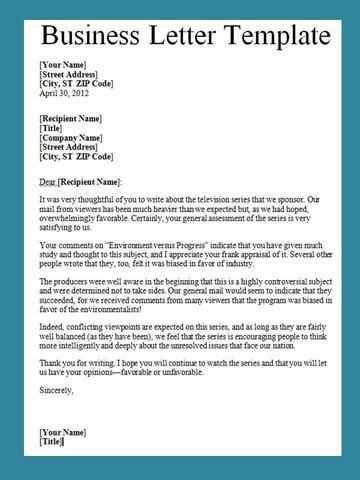
Starting a formal document with the right approach is crucial in setting the stage for effective communication. The opening lines should reflect respect, establish a clear purpose, and create a tone of professionalism. Whether you are addressing a colleague, superior, or client, your choice of words and structure will influence the reception of your message.
- Start with a respectful greeting – Always address the recipient using their appropriate title and surname, showing deference.
- State the purpose early – Clearly mention why you are reaching out, so the recipient understands the context right away.
- Acknowledge the recipient’s position – Demonstrating awareness of their status or role adds a layer of respect to the communication.
In formal correspondence, even the smallest details in your opening can make a difference. By carefully structuring the beginning, you set the foundation for a smooth and respectful exchange of information.
When drafting formal written communication, using the right phrases ensures clarity, professionalism, and respect. Certain expressions are commonly employed to maintain a polite tone, show appreciation, or convey requests. Familiarizing yourself with these key phrases helps you communicate more effectively while adhering to expected norms.
For example, when starting a message, it is important to acknowledge the recipient respectfully with phrases like “I hope this message finds you well” or “I trust this email reaches you in good health.” These introductions set a polite tone for the message.
In the body of the correspondence, phrases such as “I would appreciate it if…” or “Kindly let me know…” are frequently used to make polite requests. Additionally, expressions like “Thank you for your time and consideration” or “I look forward to hearing from you” are commonly included to express gratitude or anticipation of a reply.
Closing Your Letter with Courtesy
Finishing formal correspondence with the right words is just as important as how you begin. A respectful conclusion leaves a lasting impression and reinforces the professionalism of your message. The closing should express gratitude, reiterate key points, and set the tone for future communication. Using appropriate phrases ensures that the recipient feels valued and appreciated.
Expressing thanks at the end of your message is a simple but powerful way to show respect. Phrases such as “Thank you for your time and consideration” or “I appreciate your attention to this matter” convey gratitude and acknowledge the recipient’s effort.
Ending with a polite sign-off is another key aspect. Common expressions like “I look forward to your response” or “Please feel free to contact me with any questions” open the door for continued communication while maintaining courtesy and professionalism.